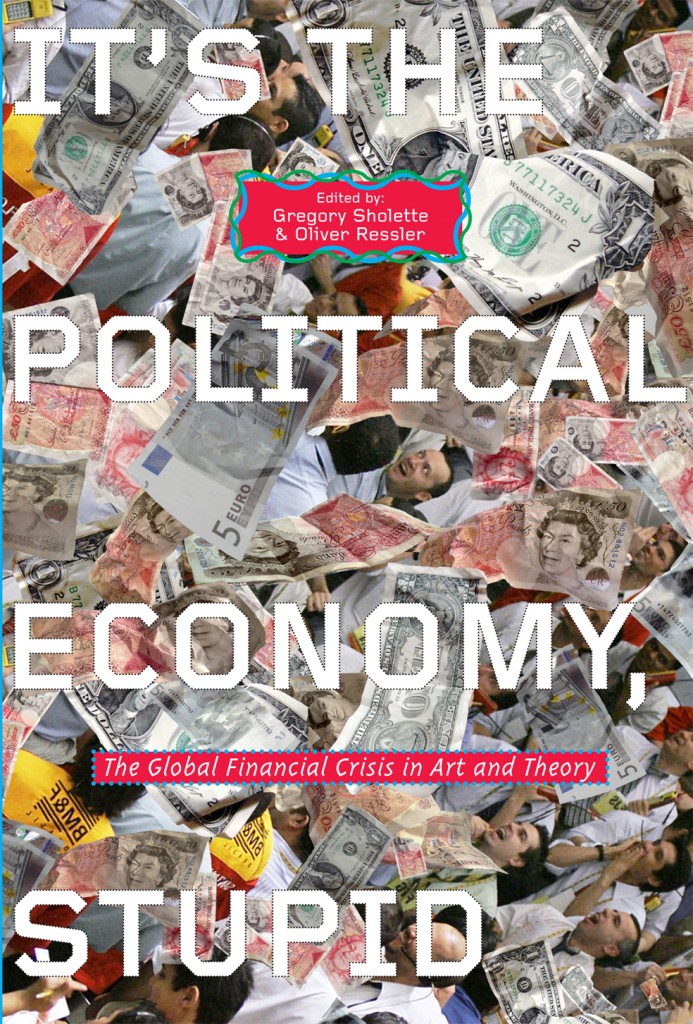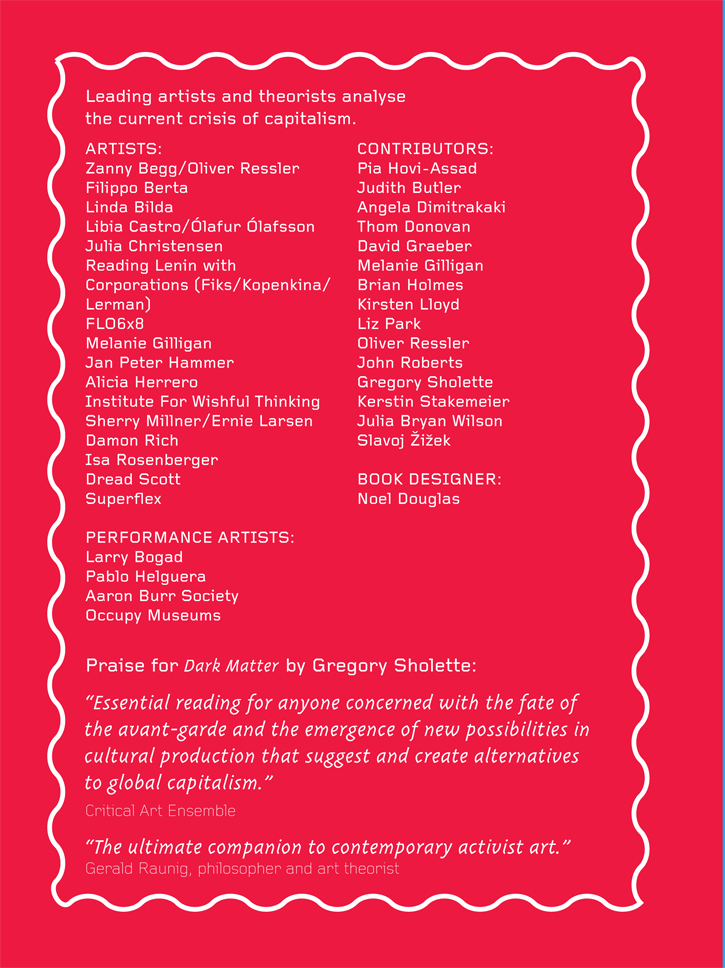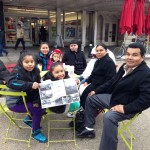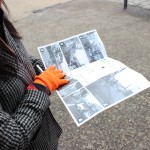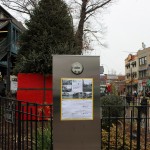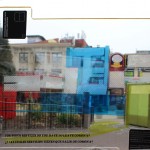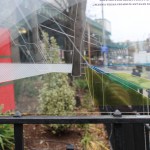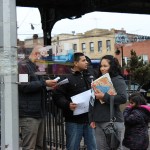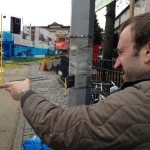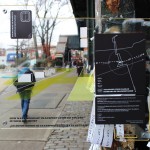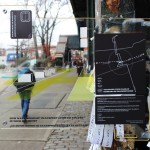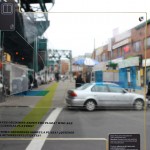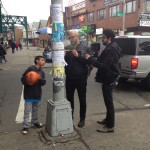Panel: Art and Labor
Barrie Cline, SPQ MFA student, organized this panel discussion on a topic that has recently captured the attention of the artists and art institutions: Art and Labor.
When: 7-8:30pm Thursday, January 31
Where: No Longer Empty / Long Island City Clocktower
29-27 41st Avenue, Queens
Subway: Queens Plaza M, E, and R. Queensboro Plaza N, Q, and 7
The question “How Much Do I Owe You?” implies an equal exchange of money for services or labor. In an unsteady job market and an economy that arguably favors a small percentage of workers, this common question takes on new weight and needs re-evaluation.
Panelists Mike Merrill, Valeria Treves and Barrie Cline discuss how art, public action, and other community initiatives can play a role in advocating for workers rights, and in shaping more fair systems of compensation and exchange. Former community organizer at the Queens Museum, Alexandra García, will moderate.
Panelists:
Mike Merrill, the Dean from The Harry Van Arsdale Jr. Center for Labor Studies will speak about the effects of the neoliberal economy on workers and what he feels is necessary in rebuilding a strong labor movement, including the role art might play.
Valeria Treves from New Immigrant Community Empowerment in Queens will present the struggles of the immigrant workers she represents and her organizations efforts to achieve fair labor practices for them. Among their initiatives, NICE is using the medium of the graphic novel, full scale theater production and shorter educational theater pieces produced out in the community to aid in organizing and to encourage dialogue.
Barrie Cline shall give an overview of the social justice themed public arts class she teaches to union electricians and plumbers and present student work that seeks to recreate the images of their labor and themselves and further build on the mutualism among workers—both within and outside their respective unions. Cline will introduce the multifaceted work of the OWS Arts and Labor group in their critical attention and action concerning artistic production and labor-and the structures and institutions that frame it.
Alexandra García will moderate the panel. García is an organizer and cultural programmer with experience in community development and coalition building focusing on social justice and cultural empowerment. She’s currently the programs coordinator at Corona Plaza with the Queens Museum of Art. She also worked as a community organizer at the Queens Museum of Art with the public programs department and the Heart of Corona coalition that creates programs for the betterment of the neighborhood.
Made possible by support from



